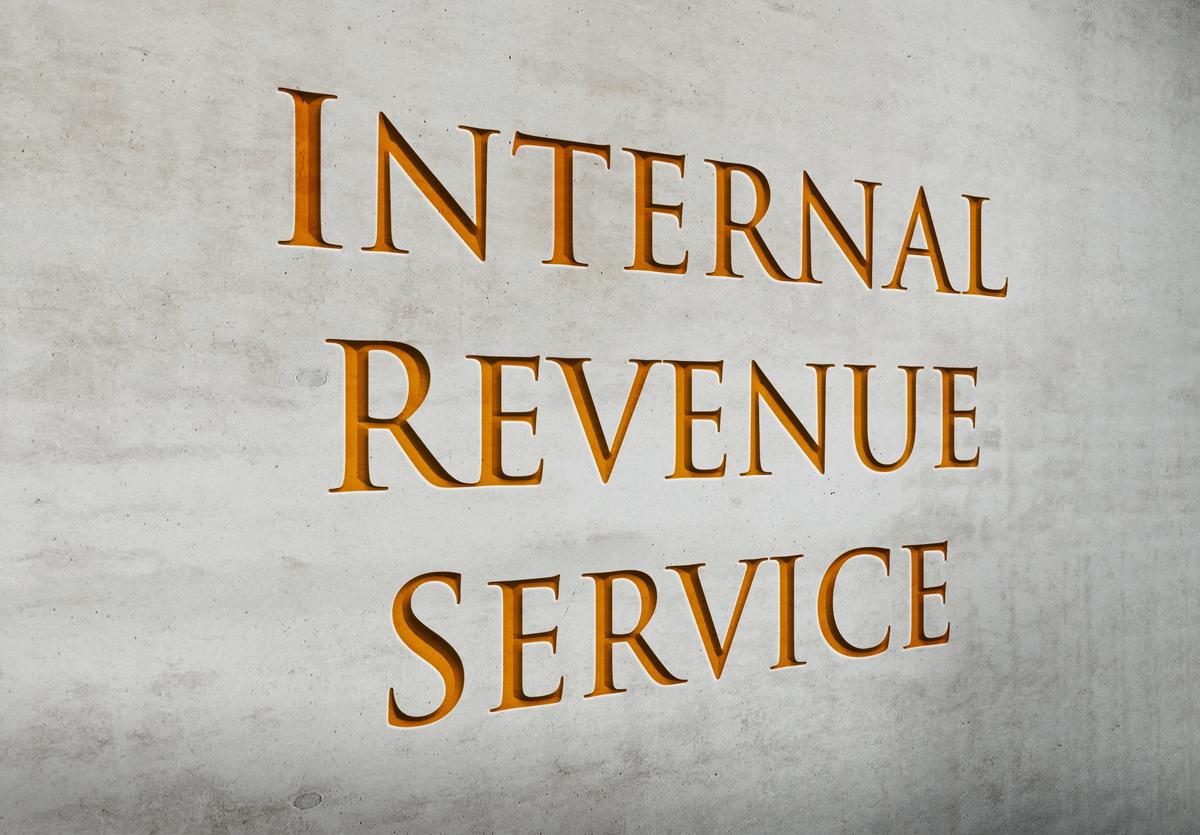By Adam Goran.
What comes to mind when you think of the IRS, or the International Revenue Service, in America? Most people think about taxes and tax season—and the piles of paperwork and forms that coincide. But what if the IRS was more digitized? Well, they’re trying to do just that.
Last month, the IRS put out a news release stating they are trying to become a “digital first” organization. They aim to help American taxpayers and the greater tax community through nearly 200 projects and initiatives. These projects will help the IRS rebuild and strengthen its customer service, assist with the complex filings of high-income taxpayers, large corporations and complex partnerships, and update various outdated digital and virtual systems in the IRS’s core operations to help ensure the agency has the most modern and robust security and technology to protect taxpayer data. While this project will take the IRS several years to complete, there are some lessons they can learn from other countries and government organizations to make the process smoother and more effective.
Take, for example, the Latvian government. Recently, the State Revenue Service – or SRS – in Latvia launched an ambitious program to make paying taxes easier and optimize the tax administration process. A key part of this process was the consolidation, modernization, and simplification of technologies that SRS and citizens use every day—similar to the IRS’s goals of digitization. There’s a lot the IRS can learn from Latvia. Here are some key takeaways important for any digitization effort:
1) Thoroughly understand the problem, or problems, that need to be solved
The total volume of tax payments handled by SRS was approximately 10 billion Euros in 2020, and many of the databases that SRS relied upon for analytics, some of which were outdated, had been built on different platforms. This created a lot of manual work. Sometimes, it would take several days or even a week to analyze the new information. The Latvian government identified that these challenges led to data lags, poor business continuity, and higher chances of fraud.
The IRS is currently facing a similar problem. With outdated technology, taxpayers are experiencing customer service difficulties and longer than average wait times to speak with an in-person taxpayer assistant, as these assistants have difficulty referencing correct data. Added to this are the complex filings of high-income taxpayers and large corporations, which require experienced compliance personnel and modern tools to help them.
Leaders and managers should meet with teams across the organization to identify and understand all problems. Once organizations understand the problems that are at hand, affecting both their employees and customers, they can create a viable plan forward.
2) Bring on the right transformation partner to help
While some companies may be able to tackle the beast of digital transformation themselves, finding a partner to help them can be the best course of action. According to a study by PwC, 60% of executives worldwide believe enterprise digital transformation is a critical growth driver. But transformation of any kind can be a strenuous lift for any organization. In fact, 88% of businesses use third-party providers for at least one component of their digital transformation. After understanding that they could not modernize their current systems on their own, the Latvian government made that decision, hiring consulting firm Emergn to help.
When looking for a transformation partner, organizations and businesses like the IRS should seek experts who can demonstrate their competitive edge, understanding of how the organization operates, and ability to build a proof of concept to reassure other stakeholders of the change. This way, an individualized and unique approach can be taken to tackle any identified issues and drive top-tier results. Finding a vendor that does not push a one-size-fits-all approach is also essential, and organizations must identify consultants that are experienced and can highlight how they have conducted an analysis of operations and implemented change with advanced technology.
3) Utilize the right technology that will create value
To help solve modern organizational issues, modern technology must be adopted within the organization. Teams should start simple with onboarding new technology and operating systems and progress in complexity over time. This approach is excellent for novice digital transformation executioners because it accommodates employee learning curves, trial and error with different technologies and a potential shift in transformation goals.
For the SRS, SAP HANA, a database management system, was the technology it needed. But the IRS, on the other hand, may need a different solution—or two—to achieve the necessary and intended outcome and drive value within the organization. Every organization must solve problems to meet needs while operating under constraints. Since problems and constraints evolve, organizations must be able to as well. The digital transformation that organizations like the IRS and SRS undergo is adapting to changing circumstances to modernize and evolve.
Organizations that take time to reflect on what is important to create results and focus on the most pressing needs will be able to redefine themselves and emerge as changemakers.
=======
Adam Goran is Client Engagement Partner at Emergn.
Thanks for reading CPA Practice Advisor!
Subscribe Already registered? Log In
Need more information? Read the FAQs




